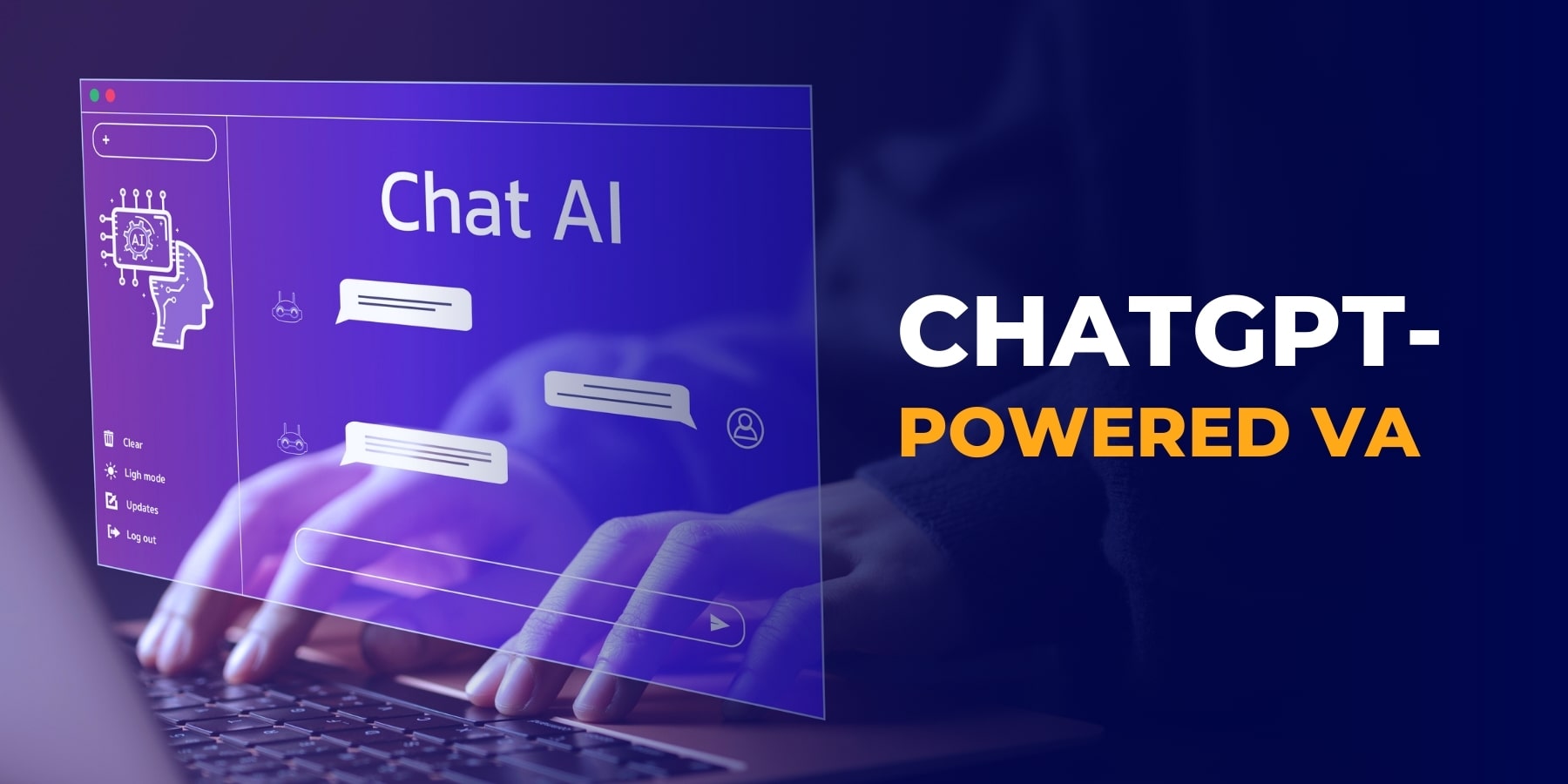Is Your Remote VA Secure with Zero Trust Security?
Securing sensitive data and systems becomes paramount with the rise of remote work, particularly involving Virtual Assistants (VAs). Zero Trust Security is a buzzword and a critical framework in today’s cybersecurity toolkit. I’ve explored various security paradigms over the years, and Zero Trust has repeatedly stood out for its robustness and adaptability.
This blog delves into why and how implementing Zero Trust Security for remote VA access is essential for safeguarding your digital assets.
Table of Contents
What is Zero Trust Security?
Zero Trust Security is a strategic approach to cybersecurity that eliminates the concept of trust from an organization’s network architecture. Rooted in the principle of “never trust, always verify,” Zero Trust Security protects modern digital environments by leveraging network segmentation, preventing lateral movement, providing Layer 7 threat prevention, and simplifying granular user-access control.
- Core Principles: Least privilege access, micro-segmentation, and multifactor authentication.
- Goal: To minimize the attack surface and reduce the chances of unauthorized access.
The framework asserts that trust is a vulnerability. Once inside a network, users (including attackers impersonating legitimate users) can move laterally if trust assumptions are not strictly enforced.
Why is Zero Trust Security Important?
As cyber threats become more sophisticated and pervasive, traditional security measures are proving inadequate. Here’s why Zero Trust Security is crucial:
- Data Breaches: The frequency and severity of data breaches continue to escalate, costing companies millions and eroding customer trust.
- Remote Work Complexity: The shift to remote work has expanded organizational perimeters, introducing new vulnerabilities and increasing the complexity of protecting sensitive data.
- Regulatory Compliance: Increasingly stringent data protection regulations demand more rigorous security measures to safeguard personal and sensitive information.
Zero Trust Security addresses these challenges by ensuring security does not rely on traditional network boundaries alone. It continuously verifies every request as if it originates from an open network, regardless of the user’s location.
How Zero Trust Security Works
Implementing Zero Trust Security involves several key components and steps. Here’s a basic outline of how it operates:
- Identity Verification: Every user must verify their identity using multifactor solid authentication before accessing resources.
- Least Privilege Access: Users are granted the minimum access necessary for their roles, reducing the potential damage from breaches.
- Microsegmentation: Dividing network resources into secure zones to control access and monitor movements within the network.
- Real-time Monitoring and Response: Continuous traffic analysis and automatic response to detected threats.
These elements work together to create a dynamic and adaptive security environment that can respond to threats as they arise rather than relying on static defenses.
Zero Trust Security for Remote VA Access
When it comes to remote VA access, Zero Trust Security offers a comprehensive framework to prevent unauthorized access and data breaches. Here are some key considerations:
1. Remote Identity Assurance
Employ robust authentication methods such as two-factor authentication (2FA) or multi-factor authentication (MFA) to confirm the identity of users before granting network access. This includes the use of digital certificates, biometric verification, and security tokens which collectively heighten the security barriers against unauthorized access.
2. Endpoint Security
Ensure that all devices used by VAs to access corporate networks are secured against breaches. This involves deploying endpoint detection and response (EDR) solutions, robust anti-malware software, and regular patch management to mitigate vulnerabilities. Consider the use of endpoint management systems that enforce security policies on all devices, such as requiring up-to-date antivirus software and firewalls.
3. Continuous Monitoring
Utilize tools and software that offer real-time monitoring of all activities performed by VAs. This includes logging access attempts, monitoring file transfers, and overseeing email exchanges to swiftly detect and respond to potential threats. Automated alert systems can be configured to notify administrators of suspicious activities, facilitating immediate action.
4. Network Segmentation
Apply micro-segmentation techniques to create secure zones within your network, which limit the extent to which VAs can move laterally across the network. This method confines potential breaches to isolated areas, greatly reducing the overall risk to the network.
5. Least Privilege Access
Implement strict access controls that limit VAs to only those resources essential for their work. Regular audits of access privileges can ensure that VAs do not retain access to sensitive data or systems beyond their scope of work, thereby minimizing potential internal threats.
6. Secure Communication Channels
Use encrypted communication channels for all data exchanges between VAs and the company network. This includes using VPNs, encrypted emails, and secure file transfer protocols that safeguard data integrity and confidentiality against cybercrime interception.
7. Regular Security Training
Since human error can often be the weakest link in security chains, providing regular cybersecurity training to VAs is crucial. This training should cover the latest cybersecurity threats, safe internet practices, and instructions on how to recognize and handle phishing attacks and other common cyber threats.
These approaches ensure that every access attempt by a VA is rigorously vetted and continuously monitored, significantly enhancing the overall security posture.
Selecting Zero Trust Security Solutions for Remote VA Access
Choosing the right Zero Trust solutions is crucial for effective implementation. Here are some factors to consider:
1. Vendor Reputation and Expertise
It’s vital to choose vendors with a strong reputation for reliability and service excellence in the cybersecurity field. Look for vendors specializing in Zero Trust remote access solutions with a proven track record of successful implementations. Assess their customer testimonials, case studies, and industry awards which can provide insight into their capability and expertise.
2. Integration Capabilities
The chosen solution must integrate smoothly with your existing IT infrastructure and security systems. This includes compatibility with your current hardware and software, as well as any legacy systems you may be operating. A seamless integration ensures that you can maintain continuity of operations without significant downtime or disruptions during the transition to a Zero Trust model.
3. Scalability
As your organization grows, so will your security needs. Select solutions that are designed to scale effortlessly with your business. This means looking for products that offer modular add-ons or scalable features that can accommodate increased loads or expanded network perimeters without requiring a complete overhaul of your existing security setup.
4. Customization Options
Since no two organizations are alike, the ability to customize your security solutions to fit your specific requirements is crucial. Whether adjusting authentication methods, access controls, or monitoring capabilities, the right Zero Trust network access solution should offer the flexibility to tailor its features to best suit your organization’s needs.
5. Comprehensive Security Features
Choose solutions that provide a comprehensive suite of security features. This should include advanced identity and access management (IAM), encryption, threat detection, automated response capabilities, and detailed auditing and reporting tools. These features are essential for maintaining a robust security posture under the Zero Trust remote access model.
6. Regulatory Compliance
Ensure that the solutions you select help you comply with applicable data protection and privacy regulations such as GDPR, HIPAA, or CCPA. Compliance features can help mitigate legal and financial risks associated with non-compliance and enhance the trust of your clients and partners.
7. Support and Maintenance
Good vendor support can drastically reduce the complexity of managing security solutions. Opt for Zero Trust vendors that offer comprehensive support and maintenance packages, including regular updates, patch management, and responsive customer service. This ongoing support is critical to quickly address any vulnerabilities and quickly adapt to new threats.
8. Cost-Effectiveness
Finally, evaluate the cost-effectiveness of the Zero Trust solutions. Consider not only the initial acquisition cost but also the total cost of ownership, which includes installation, training, maintenance, and any necessary upgrades over the solution’s lifespan. A cost-effective solution maximizes your ROI while providing the level of security required.
Considering these factors will help you select the most appropriate Zero Trust security solutions that align with your organizational needs and provide robust security for your remote VA access. This careful selection process is a critical step in creating a secure, scalable, and compliant IT environment that supports your business objectives.
Key Takeaways
As we wrap up our discussion on Zero Trust data security for remote VAs, here are three crucial insights:
- Robust Authentication: Implement vigorous identity checks like multifactor authentication to secure network access.
- Principle of Least Privilege: Minimize exposure by restricting user access to only what’s necessary for their role.
- Continuous Monitoring: Use real-time surveillance and adaptive responses to counteract threats quickly.
Join the conversation in the comments and follow us on Facebook, Instagram, and Linkedin for more cybersecurity insights. Stay connected with Vgrow as we tackle the evolving challenges of digital security.

David Bodiford
David Bodiford has been the Chief Strategy Officer at Vserve Ecommerce. Specializing in business development and strategic planning, David leads initiatives to expand Vserve Ecommerce's market reach, focusing mainly on the B2B sector. His expertise in digital marketing and strategic partnerships is integral to enhancing the agency's ecommerce solutions.








